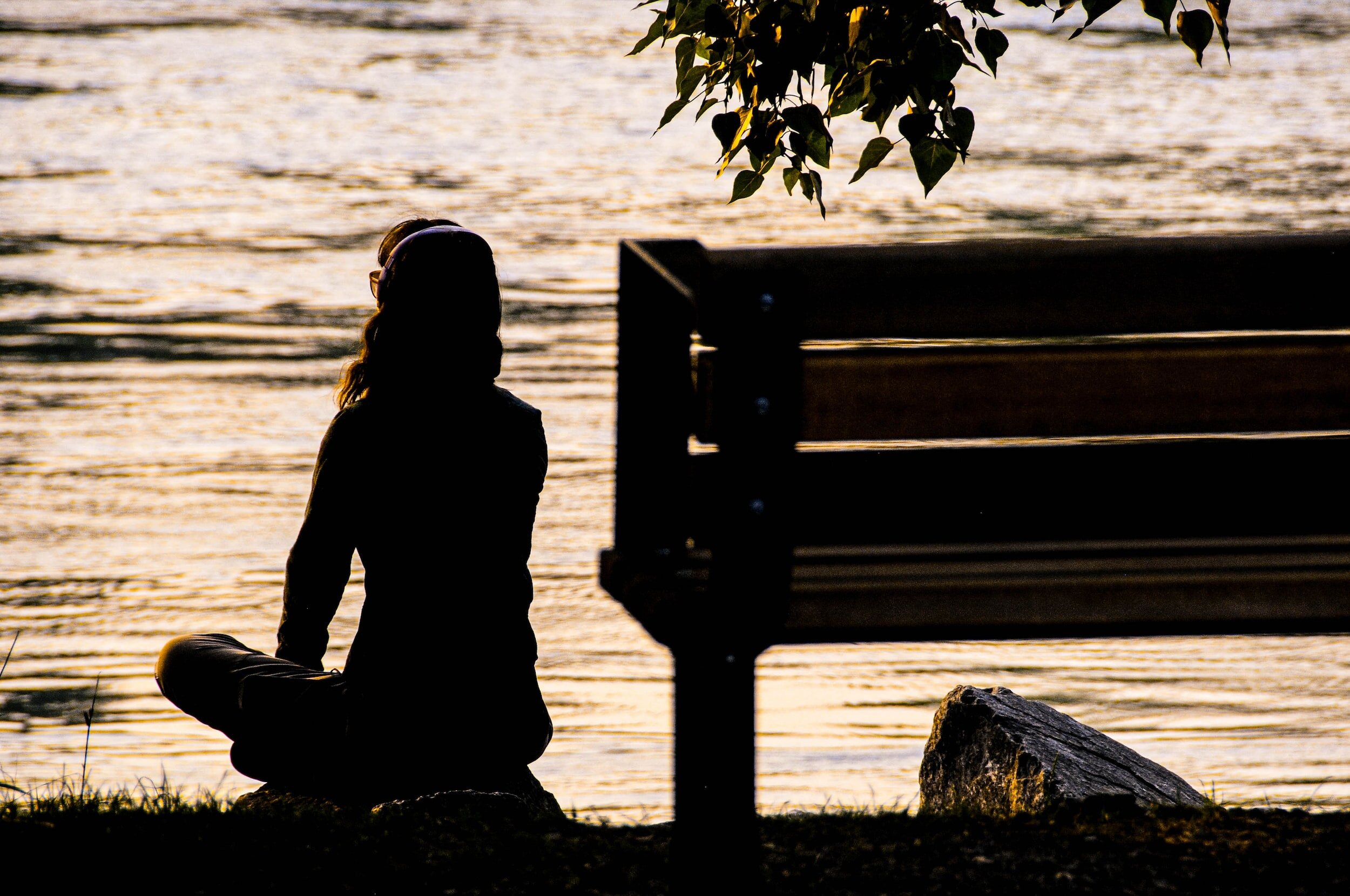If you’ve been following along on the ‘gram lately, you’ll know that I’ve been chasing shiny things.
Well, glimmery things, to be fair.
We all know what triggers are – external circumstances that cause an emotional reaction like anxiety, panic or despair – and we often have a pretty good idea of what our own triggers are.
But did ya know they have a counterpart?
*enter the humble (but mighty!) glimmer*

The autonomic nervous system – the thing that controls our vital bodily functions as well as the way we live, move and exist in the world – offers us 3 response pathways. We’ve got the infamous fight or flight response, the freeze/shut down response, and the social engagement response, and we’re constantly moving and shifting between them.
The term glimmer was coined by Deb Dana, a clinical social worker, speaker, and author who describes them as:
micro moments that begin to shape our system in very gentle ways.
A glimmer is the exact opposite of a trigger, ‘cos while a trigger is something that engages either our fight, flight or freeze response (when we feel angry, anxious or immobilised), a glimmer signals our social engagement response (brings us back to feelings of safety, ease and connection).
Much like triggers, glimmers are different for everyone and you can find ’em in lots of different forms: the sound of the ocean, hugging your dog, the smell of freshly cut grass – the list goes on.

How will you know if it’s a glimmer? ‘Cos of the way it makes you feel. Notice what happens in your body in certain moments; for example when you see a friendly face or your fave song comes on unexpectedly.
Deb Dana reckons that creating a glimmer menu or a glimmer journal is a good idea, with the goal being to identify the predictable times and places you find a glimmer, and to seek those out more regularly, as well as being open to finding new ones.
Sounds bloody lovely, no!?
Because I’m *such* a good friend (said in the voice of Gretchen Wieners from Mean Girls), I created a free guide with some simple question prompts to help you create your very own, very custom made, very one-of-a-kind glimmer menu.
Grab yours here!
Comments will display here